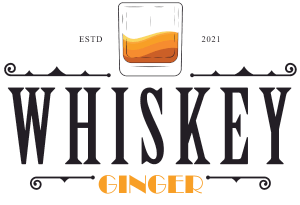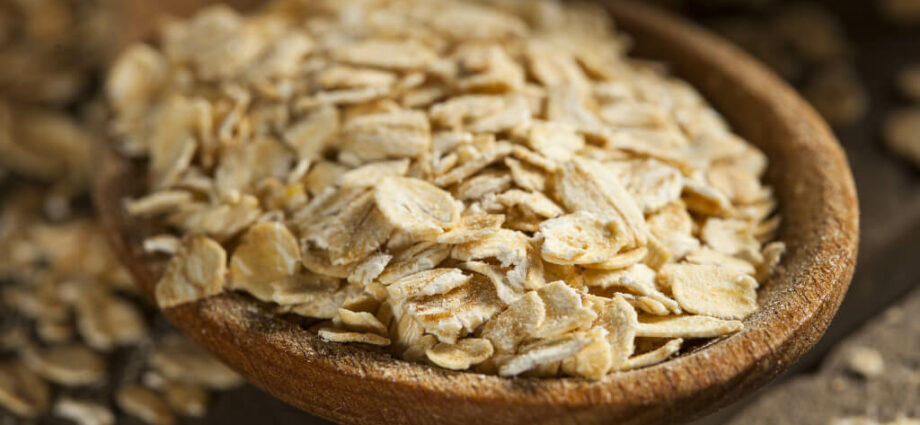Whiskey’s Oats Revival
Keep oats in mind. Perhaps you’ve consumed it in the form of oat milk lattes or breakfast cereal. Which one, though? In the world of whisky, this humble grain is making a comeback. This is no modest comeback; rather, it is a full-fledged concert tour.
Irish Whiskey’s Lowly Origins: Oats
Oats have been used in whisky production for quite some time now, which may come as a surprise to some. According to historical accounts from the early 18th century, oats were highly prized by Irish distillers. Think about it: oats are being used in distilleries to make all kinds of famous drinks. However, the malt tax of 1785, along with time, reduced the importance of oats. But let’s not get stuck in the past; the exciting part of the whisky world is happening right now.
While oats played a role in whiskey for ages, the 20th century saw its decline, mostly attributed to commercial reasons. The drive towards consistency and scalable production meant that oats, despite their benefits, took a backseat. However, with the craft distilling movement gaining traction, there’s been a keen interest in revisiting traditional methods. This resurgence isn’t merely a nod to the past but a genuine interest in rediscovering the unique profile oats bring to whiskey.
| Oats for Flavor | Oats for Practicality |
| You’d likely hear many distillers raving about the exceptional taste and creamy mouthfeel that oats add to the whiskey. | Yet, others like Carol Quinn from IDL believe their role was more functional than flavorful, aiding in the draining of the wort. |
| Oats as Primary Ingredient | Oats as Adjunct Grain |
| Some distillers, especially from the US like Koval, consider oats as a primary ingredient, even producing 100% oat whiskies. | On the other hand, Peter Mulryan hints at them being an adjunct grain, contributing significantly to flavor and texture rather than the whiskey’s base. |
Is it True That Oats Has Lost Its Thrill?
Oats’ decline in popularity can be attributed to several factors, including economic developments, regulatory changes, and, yes, human forgetting. However, underground distillers discovered that oats make a whisky that is quite tasty. A fascinating account of an Irish drink called builtin (or “mad head” for non-Gaelic speakers) created from a rare black oat was recorded in the 1830s.
The Magical Ingredient Is Oats
Peter Mulryan, CEO of Blackwater and a leading expert in Irish whisky, explains. Malt was a rarity and barely scarce in the years following the Great Famine. The common oat was easy to come by, hardy, and plentiful. Therefore, oats have been a popular addition to Irish mashbills.
Oats gave it a unique flavor, but Carol Quinn of Irish Distillers Ltd. notes that they also have a practical application. The husks of the grain served as a natural filter during the whiskey-making process. Killing two birds with one stone.
The Flavor Profile
Distinct from its counterparts like barley, corn, or rye, oats introduce a silky texture and a creamy palate to the spirit. The flavor, often described as nutty or reminiscent of porridge, adds a different dimension, especially when paired with other grains. This versatility in flavor profile ensures that whiskies containing oats stand out in blind tastings.
The American Perspective
The US distillers, in their quest for innovation, have been more adventurous with oats. Some distillers, inspired by its unique flavor profile, have even produced whiskies where oats play the starring role. Koval Distillery’s 100% oat whiskey serves as a prime example of American distillers’ willingness to deviate from conventional whiskey norms and experiment with this grain.
Oats for Historical Authenticity VS. Modern Adaptability
- While some distillers emphasize the historical inclusion of oats as a key ingredient in whiskey-making, Peter Mulryan stresses on adapting to modern tastes and preferences. He argues that the restrictions on “other grains” to 5% of a pot still mash bill might not resonate with historical practices, urging for a more adaptive and inclusive approach.
An Unexpected Turn of Events
In the 1970s, oats were all but extinct in the production of Irish whisky. However, they have just reemerged, and not just in Ireland, which is a welcome story twist. Modern Scottish distilleries are also taking notice, with InchDairnie at the forefront of the oat movement. The oat renaissance is also being embraced by distilleries in the United States. Every state is getting in on the oats whisky action, with Ransom in Oregon using 15% oats and High West Distillery in Utah using an astounding 85% oats.
Oats & The Distilling Process
In the distilling process, oats historically held a dual role: flavor enhancement and aiding in draining the wort. Carol Quinn from IDL highlighted the latter, shedding light on the functional importance of this grain. As distillers continue to innovate, understanding such nuances becomes paramount, ensuring that oats can be effectively integrated without compromising on the final product.
So, Why All the Fuss?
Koval’s chief executive officer Robert Birnecker provides a clue that the company uses only oats in their whisky. Despite its modest yield, this grain packs a delicious punch, contributing a velvety mouthfeel and a deep, satisfying flavor.
Peter Mulryan’s excitement for oats is contagious. He is certain that the grain will add a distinct flavor to the dish if it is included in the preparation. The unusual flavor and smooth texture are well worth the effort despite the brew’s reduced alcohol concentration and sticky mash tun.
A New Directions for Oats
While oats have been a source of friction and disagreement in the past, they are now seen as a unique possibility in the whisky industry. The history of oat whiskey is being rewritten as distillers try new things. Peter Mulryan’s desire to experiment further with oats hints at the grain’s potential in the future. With distillers looking to diversify their offerings and consumers becoming increasingly curious about unique flavor profiles, the role of oats is poised to grow. Adaptability, here, becomes the keyword – not only in terms of flavor but also in acknowledging oats’ historical significance and their relevance in modern distilling
According to Ian Palmer, the oat story in Scotland is far from over. To paraphrase, “We’re writing it,” he says. Isn’t that the most thrilling aspect of it all?
Keep in mind that oats are more than just a grain when you think of them. It’s a symbol of perseverance and flexibility, and proof of how far whisky has come.

